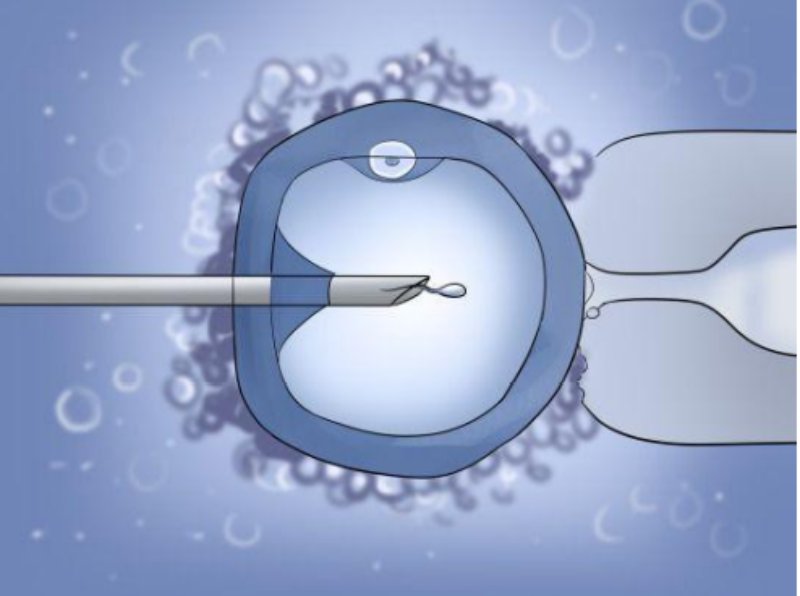IVF is an assisted reproductive technology that helps couples struggling with infertility to conceive a child. Eggs and sperm are fertilized in a laboratory dish, and resulting embryos are transferred to the woman’s uterus to achieve a successful pregnancy.
Step 1: Ovarian Stimulation
The first step in the IVF process is to stimulate the woman’s ovaries to produce multiple eggs for retrieval. This is usually done with daily injections of hormones that stimulate the ovaries to produce more eggs than they would in a normal menstrual cycle. Throughout the stimulation process, the woman will be monitored with regular ultrasound scans and blood tests to monitor the growth of the follicles that contain the eggs.
Step 2: Egg Retrieval

Once the follicles have reached the desired size, the eggs are ready to be retrieved. This is typically done under sedation or general anesthesia, and involves the use of a small needle to remove the eggs from the ovaries.
Step 3: Sperm Collection and Preparation
At the same time as the egg retrieval, the male partner will provide a semen sample, which will be prepared in the laboratory to separate the healthy sperm from the other components of the semen.
Step 4: Fertilization
The eggs and sperm are combined in a laboratory dish and left to fertilize for several days. The fertilized eggs develop into embryos, which are closely monitored by the laboratory staff to ensure their health and development.
Step 5: Embryo Transfer
After several days of development, one or more embryos are transferred into the woman’s uterus using a thin catheter. This is typically done without anesthesia, and is a relatively simple procedure.
Step 6: Pregnancy Testing
Approximately two weeks after the embryo transfer, the woman will undergo a blood test to determine whether she is pregnant. If the pregnancy test is positive, the woman will continue to receive regular monitoring and care throughout her pregnancy.
Although IVF can offer hope to many couples struggling with infertility, success rates vary based on factors such as age, health, embryo quality, and number of embryos transferred.
